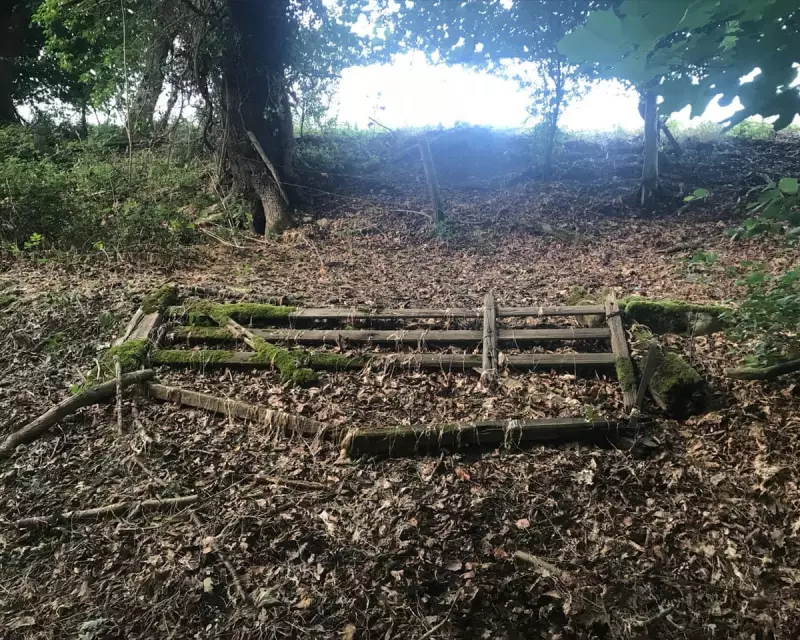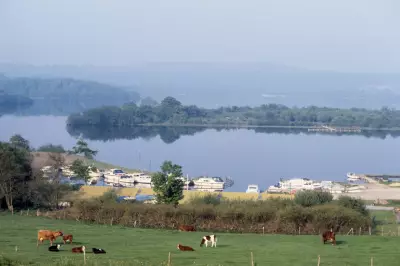
There’s something undeniably poetic about an old farm gate. Each one tells a story—of seasons weathered, livestock herded, and generations passing through. Unlike the sleek, mass-produced barriers of modern agriculture, these gates bear the marks of time, their hinges creaking with history.
The Soul of the Countryside
Farm gates are more than just functional barriers; they’re silent witnesses to rural life. A gate might sag slightly from decades of use, its wood bleached by the sun or rust creeping along its iron fittings. These imperfections aren’t flaws—they’re character.
A Link to the Past
Many of these gates were handmade, crafted by local blacksmiths or carpenters long before factory production took over. Their designs vary—some are simple five-barred structures, while others feature intricate patterns or even the initials of the farm’s original owner.
Modern Pressures
Today, efficiency often trumps tradition. Cheaper, standardised gates are replacing these relics, erasing a tangible link to Britain’s agricultural past. Yet some farmers still choose to repair rather than replace, preserving both the gate and its story.
Why Old Gates Matter
Beyond nostalgia, these gates serve as ecological waypoints. Their weathered wood and iron provide habitats for insects, while the gaps underneath allow small wildlife to pass. They’re part of the landscape’s biodiversity as much as its cultural heritage.
Next time you encounter an old farm gate, pause. Run your hand along its grain, listen to its familiar groan. In that moment, you’re touching living history—a quiet testament to Britain’s enduring rural soul.





